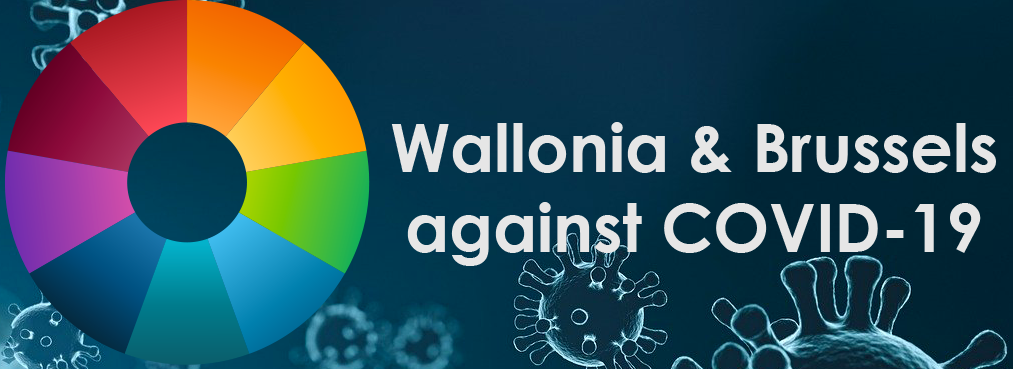UCLouvain
" This research project aims at studying the conditions under which the modern welfare state could build a kind of epidemics insurance, while paying a particular attention to the issue of fairness. The global objective of saving lives may be associated to policies that have undesirable distributive effects, against ideals of social justice. The project aims at finding ways to make mass prevention and equity compatible. "
Funding: This project will be part of my research load at UCLouvain, within the Hoover Chair in Economic ans Social Ethics.
Publication References: Fleurbaey, M., Ponthiere, G. (2013). Prevention against Equality ? Journal of Public Economics. Fleurbaey, M., Leroux, ML, Ponthiere, G. (2014). Compensating the dead. Journal of Mathematical Economics. Fleurbaey, M., Leroux, ML., Pestieau, P., Ponthiere G. (2016). Fair retirement under risk lifetime. International Economic Review. Leroux, ML., Ponthiere, G. (2018). Working time regulations, unequal lifetime and...
Read more: Gregory Ponthiere, Professor


